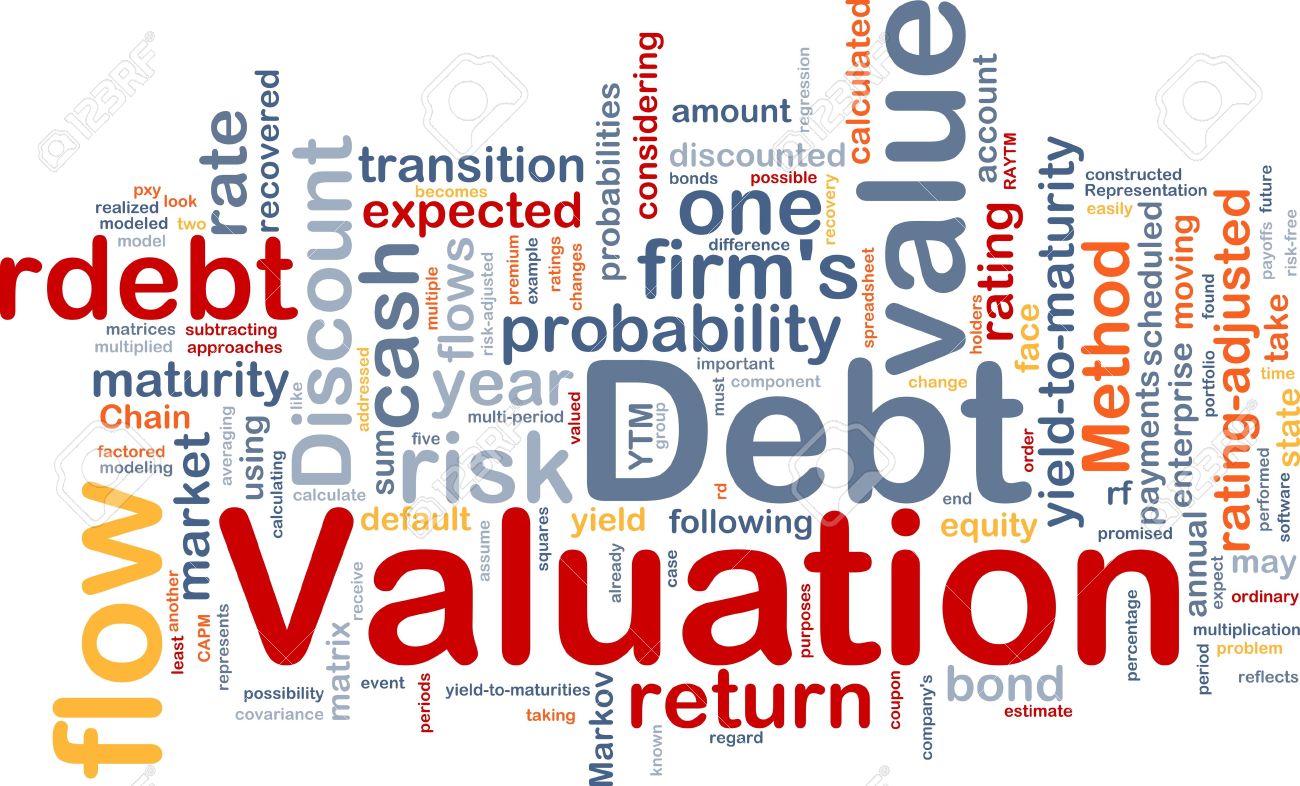
With so many articles dedicated to the debate on value stocks vs growth stocks I think it’s a good time to revisit what Seth Klarman calls ‘Value Pretenders’ in his best-selling book, Margin of Safety.
Here’s an excerpt from that book:
“Value investing” is one of the most overused and inconsistently applied terms in the investment business. A broad range of strategies makes use of value investing as a pseudonym.
Many have little or nothing to do with the philosophy of investing originally espoused by Graham. The misuse of the value label accelerated in the mid-1980s in the wake of increasing publicity given to the long-term successes of true value investors such as Buffett at Berkshire Hathaway, Inc., Michael Price and the late Max L. Heine at Mutual Series Fund, Inc., and William Ruane and Richard Cunniff at the Sequoia Fund, Inc., among others. Their results attracted a great many “value pretenders,” investment chameleons who frequently change strategies in order to attract funds to manage.
These value pretenders are not true value investors, disciplined craftspeople who understand and accept the wisdom of the value approach. Rather they are charlatans who violate the conservative dictates of value investing, using inflated business valuations, overpaying for securities, and failing to achieve a margin of safety for their clients. These investors, despite (or perhaps as a direct result of) their imprudence, are able to achieve good investment results in times of rising markets.
Continue Reading →
Investing is a difficult business and that’s why most people under-perform the market. That said, here are three common mistakes novice investors make all the time and how to avoid them.
1) They Chase Price:
People do not fully understand the way the market works. The biggest lesson novice investors should learn is that the market is counter-intuitive in nature. The second biggest lesson is that successful investors separate price from value. A common mistake novice investors make all the time is that they tend to chase price rather than make decisions based on the underlying fundamentals.
2) They Confuse Price With Value
Continue Reading →

We recently came across Philip Fisher’s checklist for investing in stocks in Common Stocks and Uncommon Profits and Other Writings and thought it was worth reproducing here. Fisher was one of the most famous investors in his story. As his son, Kenneth (renowned as an investor in his right) wrote in his obituary: “Among the pioneer, formative thinkers in the growth stock school of investing, [Philip] may have been the last professional witnessing the 1929 crash to go on to become a big name. His career spanned 74 years, but was more diverse than growth stock picking. For decades, big names in investing claimed Dad as a mentor, role model and inspiration.”
15 Points to Look for in a Common Stock
Continue Reading →
12In nine posts, stretched out over almost two months, I have tried to describe how companies around the world make investments, finance them and decide how much cash to return to shareholders. Along the way, I have argued that a preponderance of publicly traded companies, across all regions, have trouble generating returns on the capital invested in them that exceeds the cost of capital. I have also presented evidence that there are entire sectors and regions that are characterized by financing and dividend policies that can be best described as dysfunctional, reflecting management inertia or ineptitude. The bottom line is that there are a lot more bad companies with bad managers than good companies with good ones in the public market place. In this, the last of my posts, I want to draw a distinction between good companies and good investments, arguing that a good company can often be a bad investment and a bad company can just as easily be a good investment. I am also going argue that not all good companies are well managed and that many bad companies have competent management.
Continue Reading →

The first part of this post appears here.
Graham Number, an Introduction:
There are different ways of checking if a stock is undervalued at its current price, one of them and largely used is graham number. Graham Number is derived through a mathematical calculation to figure out the discount for any stock. Though it doesn’t work much for new age industries, branded plays, however consider this as a must check before investing into any stock. Sometimes this helps to build conviction too.
What is the ‘Graham Number’?
The Graham number is a figure that measures a stock’s fundamental value by taking into account the company’s earnings per share and book value per share. The Graham number is the upper bound of the price range that a defensive investor should pay for the stock. According to the theory, any stock price below the Graham number is considered undervalued, and thus worth investing in. The formula is as follows:

Breaking Down ‘Graham Number’
The Graham number is named after the “father of value investing,” Benjamin Graham. It is used as a general test when trying to identify stocks that are currently selling for a good price. The 22.5 is included in the number to account for Graham’s belief that the price to earnings ratio should not be over 15 and the price to book ratio should not be over 1.5 (15 x 1.5 = 22.5). It does leave out many fundamental characteristics which make up a good investment, and is not effective for the majority of medium- to large-cap stocks.
For example, if the earning per share is $1.50, book value per share is $10, the Graham number would be 18.37. If the stock price is $16, you should buy the stock as it is seen to be undervalued.
Why Graham Created This Valuation Formula
It’s no secret that Graham was a cheap stock investor who bought baskets of stocks instead of concentrating.
His approach was much mechanical.
His first criterion was cheapness and that was usually enough. But after going through countless stocks, here’s what he says.
Our study of the various methods has led us to suggest a foreshortened and quite simple formula for the valuation of growth stocks, which is intended to produce figures fairly close to those resulting from the more refined mathematical calculations. – The Intelligent Investor
In 3 short bullets, he used the formula himself for;
- Shorthand
- Simplicity
- Estimate of intrinsic value
It’s definitely not the golden rule and it’s not something he went with blindly, but it’s a good approximation and a good starting point to use in your investigation.
After all, Buffett says that
It is better to be approximately right, than precisely wrong.
The original post appears on ride2rich.com by Mastermind and is available here.
Why it’s valuable to calculate how your investment price can go to zero
“Any time you manage other people’s money, risk management should be defined as preventing the permanent impairment of capital. Nothing can be riskier to an equity investor than losing all your money. Anybody who loses sight of this is – quite frankly – both a terrible fiduciary steward and value investor.” – Duncan Farquhar
In a recent article, Science of Hitting discussed the difficulty in adding to your position after Mr. Market plays havoc on the stock’s price and valuation. Making the decision to double down is tough for several reasons.
Continue Reading →
The original post is by Mastermind, Megabaggers and appears here.

I find it ironic that more research is being done today than at any point in time in the past, yet a lot of value investors are failing to beat the market.
Ironically, the mountain of articles on popular investing websites just aren’t helping. Part of the problem might be due to the “more brains” problem Graham cited years ago. Since everybody on Dalal Street is so smart, all those brains ultimately cancel each other out.
This glut of brain power, investment research, and investors clamouring for bargains does not mean that you can’t beat the market. But, knowing how to pick value stocks is a key requirement, along with having a good strategy and being prepared to do things that most other investors aren’t.
Continue Reading →











